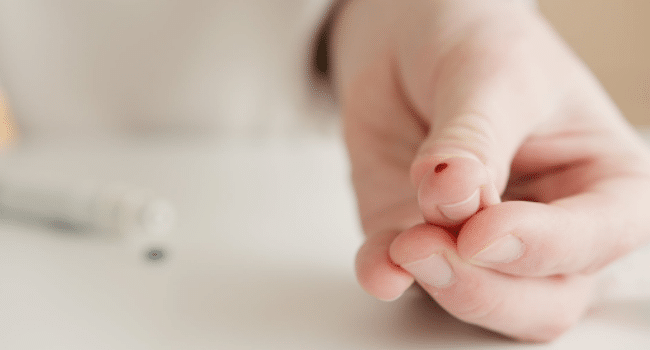Table of Contents
Getting your blood drawn and tested can probably be nerve-wracking, especially if you’re averse to needles and hospitals. However, doctors recommend that you go for regular blood tests to keep track of your overall health and wellness. Regular blood tests help doctors, and medical professionals determine adverse health conditions early (diabetes, kidney disease, some cancers) and detect diseases you could be carrying (hepatitis, HIV, sexually-transmitted diseases). Moreover, if you’re curious or antsy about blood tests, we’re going to break down what you have to know about them to be prepared whenever it’s time to draw blood for medical purposes!
What To Know About Blood Tests
What’s in your blood? That’s what blood tests reveal. They are used to find, examine or measure different cells, proteins, and substances in your blood. Blood tests, or blood work, are among the most common tests done in a laboratory. Alternative locations for blood testing may include your home because of mobile laboratories or in some cases Rapid hiv test kit.
Different types of blood tests abound in the medical field. Examples of common tests include complete blood count (CBC), blood enzyme tests, basic and comprehensive metabolic panels, and coagulation panels. Such tests can help monitor organ health, check cholesterol levels, and diagnose blood clot disorders. Some blood tests will also require you to fast for several hours before the testing date.
What Happens?
A medical professional or phlebotomist will sample your blood. The process of sampling blood is also known as a blood draw. When your vein is punctured in a blood draw, it’s known as venipuncture. Once a small needle is inserted into your vein, a small amount of blood is collected and placed into a vial or test tube. Just follow the phlebotomist’s instructions, and you’ll hardly feel a sting. Blood draws usually take less than five minutes.
What Else Can Happen?
Venipunctures are the standard blood testing procedure. Other ways of going about blood testing are:
- Arterial blood testing – blood is taken from an artery instead of a vein (usually more painful); done to measure oxygen levels because the blood from your arteries has higher oxygen levels than blood from a vein
- Finger pricking – one’s fingertip is pricked to obtain a small amount of blood; often used for at-home test kits and rapid tests (easy-to-use tests that provide speedy results while requiring little or no special equipment)
- Heel stick – a medical professional or phlebotomist cleans a baby’s heel then samples drops of blood by pricking or sticking the heel; most often done on newborns
When Does It Happen?
One should do regular blood tests or blood work at least once a year. Your doctor will typically recommend a panel of tests when you go in for your yearly physical exam. One might need more frequent blood tests if:
- early detection is needed for certain diseases or adverse health conditions (e.g., cancer, HIV-AIDS, kidney disease)
- levels of certain blood compounds must be maintained (e.g., cholesterol, glucose)
- unusual symptoms persist (e.g., body pains, sudden weight loss)
Blood tests are a good way to deal with the above health circumstances and see how well one’s body responds to various treatments for different conditions. Speak with a doctor as soon as possible, schedule a blood test, and learn whether you can do more to ensure your health and well-being are at their optimum.
Author’s Bio:
Though not a medical professional, Hodge Racter knows a lot about health and medical topics, including on-demand modern laboratory services. When not writing, he spends his time with his wife and two dogs.
Read more on KulFiy
What is the average cost of TRT for men in United States?
